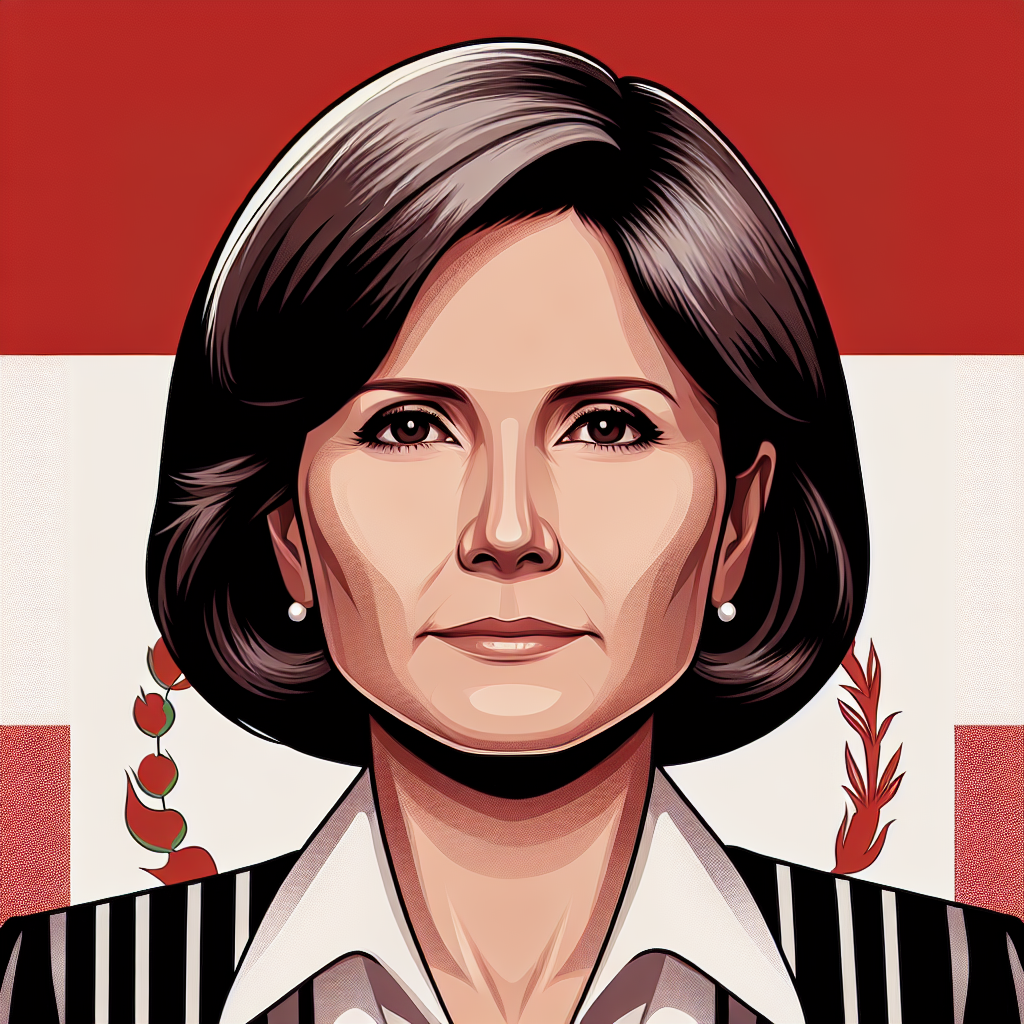Dina Boluarte has recently emerged as a key figure in the complex political landscape of Peru. Born on May 31, 1962, in Chalhuanca, Apurímac, Boluarte has navigated through various roles in public service, ultimately leading her to become the first female president of the country. This article delves into her early life, political journey, challenges, and the impact of her leadership on Peruvian society.After earning her law degree from the University of San Martín de Porres, Boluarte initially worked in the public sector, focusing on social development issues. Her commitment to representing marginalized communities laid the groundwork for her future roles in government. She became involved in the political arena, serving as the Minister of Development and Social Inclusion under President Pedro Castillo’s administration.In an extraordinary turn of events, Boluarte assumed the presidency following Castillo’s controversial impeachment in December 2022. Her rise to power was met with both hope and skepticism, as many questioned her ability to unify a divided country facing deep political and social turmoil. Critics pointed to the challenges of managing corruption allegations, social unrest, and economic instability that had plagued her predecessor’s tenure.As the new leader, Dina Boluarte made it clear that her primary focus would be on fostering dialogue and national reconciliation. She called for unity among all sectors of society and emphasized the importance of restoring public trust in government institutions. Acknowledging the urgent need for economic reforms, she proposed various measures aimed at promoting job creation and enhancing social welfare programs to uplift disadvantaged groups. Throughout her presidency, Boluarte has shown resilience in the face of protests and political opposition. Some of her critics viewed her as a puppet of the elite, while her supporters praised her ability to navigate the intricate political dynamics of Peru. As protests erupted over inflation and inadequate social services, Boluarte faced significant pressure to take decisive action to address the needs of her constituents. Establishing a working relationship with Congress became imperative to push forward her policy agenda, as she mustered support for much-needed legislation.While Boluarte’s journey has not been without obstacles, her tenure marks a significant milestone in Peru’s history as it embraces a female leader in a predominantly male-dominated political environment. This victory represents a shifting paradigm that can inspire future generations of women in politics, potentially paving the way for more inclusive governance in the years to come.In examining the implications of Dina Boluarte‘s presidency on various sectors, it is essential to consider the role of civil society in shaping public policy and holding leaders accountable. As she continues to advocate for equitable governance, the importance of civic engagement will be crucial in determining the trajectory of her administration. The future of Boluarte’s presidency rests on her ability to establish a balance between reform and stability—an arduous task given the current climate of dissent. Nevertheless, her proactive approach in addressing social injustices and promoting inclusivity may serve as a benchmark for political leaders in Peru and beyond.
























